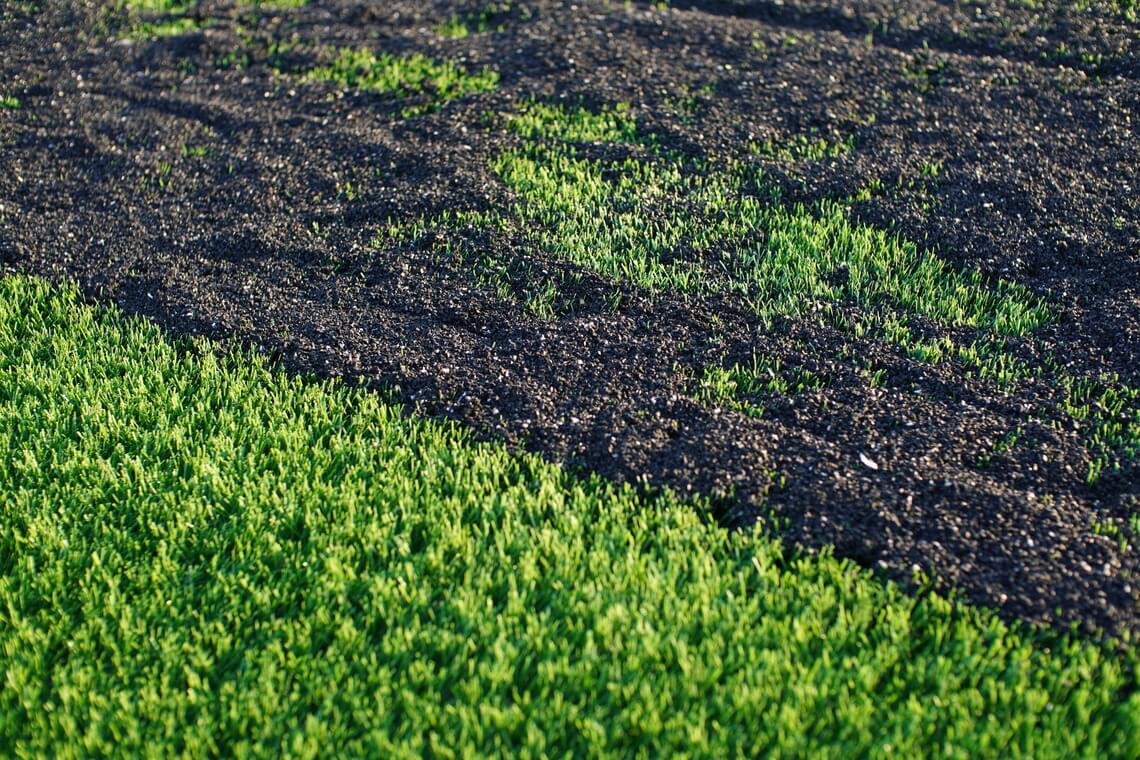Turf vs. Grass: Cost-Effectiveness and Maintenance Advantages for AirBNBs
When it comes to creating an inviting outdoor space for your Airbnb property in Los Angeles, the choice between natural grass and artificial grass Los Angeles turf is a decision that can significantly impact your property’s appearance, maintenance costs, and overall guest experience. Both options have their advantages, but understanding the cost-effectiveness and maintenance aspects of each is crucial for making an informed decision.
In this article, we’ll explore the pros and cons of turf and grass for Airbnb properties, helping hosts in Los Angeles decide which option aligns best with their goals and budget.
The Appeal of Lush Greenery
The outdoor space of your Airbnb property plays a vital role in attracting guests and providing a positive experience. A well-maintained outdoor area creates an inviting atmosphere, and many guests appreciate the appeal of lush greenery. Let’s examine the factors to consider when choosing between turf and natural grass.
Natural Grass: The Classic Choice
- Aesthetic Appeal: Natural grass offers a classic and timeless look that many guests find appealing. The lush, green lawn can enhance the overall curb appeal of your property.
- Environmental Benefits: Grass contributes to a healthier environment by absorbing carbon dioxide, releasing oxygen, and helping manage rainwater runoff. It supports local ecosystems and biodiversity.
- Comfort: Walking and lounging on natural grass can be more comfortable and enjoyable for guests, especially children and pets.
Turf: The Low-Maintenance Option
- Consistent Aesthetics: Artificial turf maintains a consistent appearance throughout the year, unaffected by weather conditions or foot traffic. It always looks well-groomed and green.
- Reduced Maintenance: Turf requires minimal maintenance compared to natural grass. It eliminates the need for mowing, weeding, fertilizing, and irrigation, saving both time and money.
- Durability: Artificial turf is resilient and can withstand heavy use, making it suitable for high-traffic areas without showing signs of wear and tear.
Cost-Effectiveness
The cost-effectiveness of your choice between turf and grass is a significant factor for Airbnb hosts. Let’s explore the financial aspects of both options.
Natural Grass Costs:
- Installation: Initial installation costs for natural grass can vary depending on factors such as lawn size, soil quality, and region. It typically involves purchasing grass seed or sod and preparing the soil.
- Watering: Maintaining natural grass requires regular watering, which can increase water bills, especially in dry or arid regions.
- Maintenance: Ongoing maintenance includes mowing, weeding, fertilizing, and potential pest control. Hosts may need to invest in lawn care equipment or hire professionals.
- Repairs: Natural grass can develop bald spots or brown patches due to foot traffic or weather conditions, necessitating additional expenses for repairs.
Turf Costs:
- Installation: The initial cost of installing artificial turf includes purchasing the turf rolls, preparing the ground, and professional installation. While the upfront cost can be substantial, it is a one-time expense.
- Water Savings: Artificial turf eliminates the need for irrigation, leading to significant water savings over time.
- Minimal Maintenance: Turf requires minimal maintenance, reducing ongoing costs. Occasional brushing to maintain its appearance is typically all that’s needed.
- Durability: Artificial turf is designed to withstand heavy use and maintain its appearance, reducing the need for repairs or replacements.
Maintenance Advantages
Maintaining outdoor spaces can be a time-consuming and costly aspect of Airbnb hosting. Let’s examine the maintenance advantages of both turf and grass.
Natural Grass Maintenance:
- Regular Care: Natural grass requires regular mowing, edging, weeding, and fertilizing to keep it looking its best. Depending on the size of your lawn, this can be a time-intensive task.
- Watering: Grass needs consistent watering, especially in hot and dry climates, to prevent it from drying out and turning brown.
- Seasonal Changes: Grass may go dormant or turn brown during certain seasons, requiring extra care to revive its appearance.
Turf Maintenance Advantages:
- Low Maintenance: Artificial turf is virtually maintenance-free compared to natural grass. It does not require mowing, weeding, or fertilizing.
- Consistency: Turf maintains a consistent green appearance year-round, unaffected by seasonal changes.
- Durability: Turf is resilient and can handle heavy foot traffic without becoming damaged or worn down.
- Water Savings: Eliminating the need for irrigation can lead to significant water savings, particularly in regions with water restrictions.
Environmental Considerations
While artificial turf offers several maintenance advantages, it’s essential to consider the environmental impact of your choice.
Natural Grass Environmental Impact:
- Carbon Sequestration: Grass helps sequester carbon dioxide, contributing to a healthier environment.
- Biodiversity: Natural grass supports local ecosystems and biodiversity by providing habitats for insects, birds, and small mammals.
- Water Usage: Grass lawns require water for maintenance, which can be a concern in water-scarce regions.
Turf Environmental Impact:
- Material Composition: Artificial turf is typically made from synthetic materials, such as plastics, which have environmental concerns associated with their production and disposal.
- Heat Retention: Turf can become significantly hotter than natural grass in direct sunlight, potentially contributing to localized heat islands.
- Disposal: When artificial turf reaches the end of its lifespan, disposal can be challenging and may not align with sustainability goals.
Conclusion
Choosing between natural grass and artificial turf for your Airbnb property involves considering various factors, including aesthetics, cost-effectiveness, maintenance, and environmental impact. Both options have their advantages and drawbacks, and the decision ultimately depends on your specific goals, budget, and priorities as a host.
If you prioritize a classic and natural look, and are willing to invest time and effort in maintenance, natural grass may be the better choice for your property. On the other hand, if you seek a low-maintenance, consistent, and cost-effective option, artificial turf may align better with your hosting needs.
In the end, your decision should reflect your commitment to providing a welcoming outdoor space for your guests while considering your long-term budget and environmental considerations. By carefully weighing these factors, you can make an informed choice that enhances your Airbnb property’s appeal and guest experience.…



